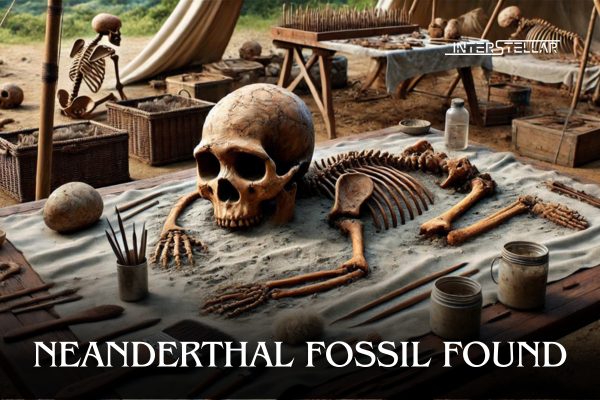Earliest Evidence of Down Syndrome Found in Neanderthal Child
A fossil found in eastern Spain has revealed that a Neanderthal child, around 6 years old, had Down syndrome. This discovery provides remarkable insights into the lives of these ancient humans.
Discovery and Significance
The fossil was unearthed at the Cova Negra archaeological site near Xàtiva, Valencia. It represents the earliest known evidence of Down syndrome and hints at compassionate caregiving among Neanderthals. Scientists have nicknamed the child “Tina.”
Excavated in 1989, the fossil’s significance was only recently recognized. It is a fragment of the right temporal bone, which helps form the sides and base of the skull, protecting the brain and surrounding the ear canal. The preserved inner ear anatomy indicates Down syndrome.
Symptoms and Care
The abnormalities in Tina’s inner ear would have caused severe symptoms, including deafness, vertigo, and balance issues. Paleoanthropologist Mercedes Conde-Valverde from the University of Alcalá in Spain, the lead author of the study, explained that Tina’s survival for at least six years suggests that the group must have continuously assisted in her care. This implies a level of compassion and community support.
Other abnormalities included issues in the semicircular canals, which govern balance, and a reduction in the size of the cochlea, involved in hearing. The precise age of the fossil is not determined, but Neanderthals at Cova Negra date from 273,000 to 146,000 years ago.
Neanderthal Life and Compassion
Neanderthals, Homo neanderthalensis, lived from around 430,000 to 40,000 years ago. They were robust with larger brows and were intelligent, creating art and using complex hunting methods. Previous research showed they cared for their sick and injured, but the discovery of Tina indicates that their care extended to those unable to reciprocate, suggesting genuine compassion.
Archaeological evidence suggests Cova Negra was occupied by small groups of Neanderthals who roamed in search of food. Tina’s survival beyond breastfeeding age indicates group caregiving in a highly collaborative social context. This finding supports the idea of altruism among Neanderthals, as described by study co-author Valentín Villaverde, a University of Valencia emeritus professor of prehistory.
Broader Implications
Conde-Valverde emphasized that the discovery of Tina shows that the diversity seen in modern humans was present in prehistoric times. This finding underscores the inclusive nature of human evolution.





